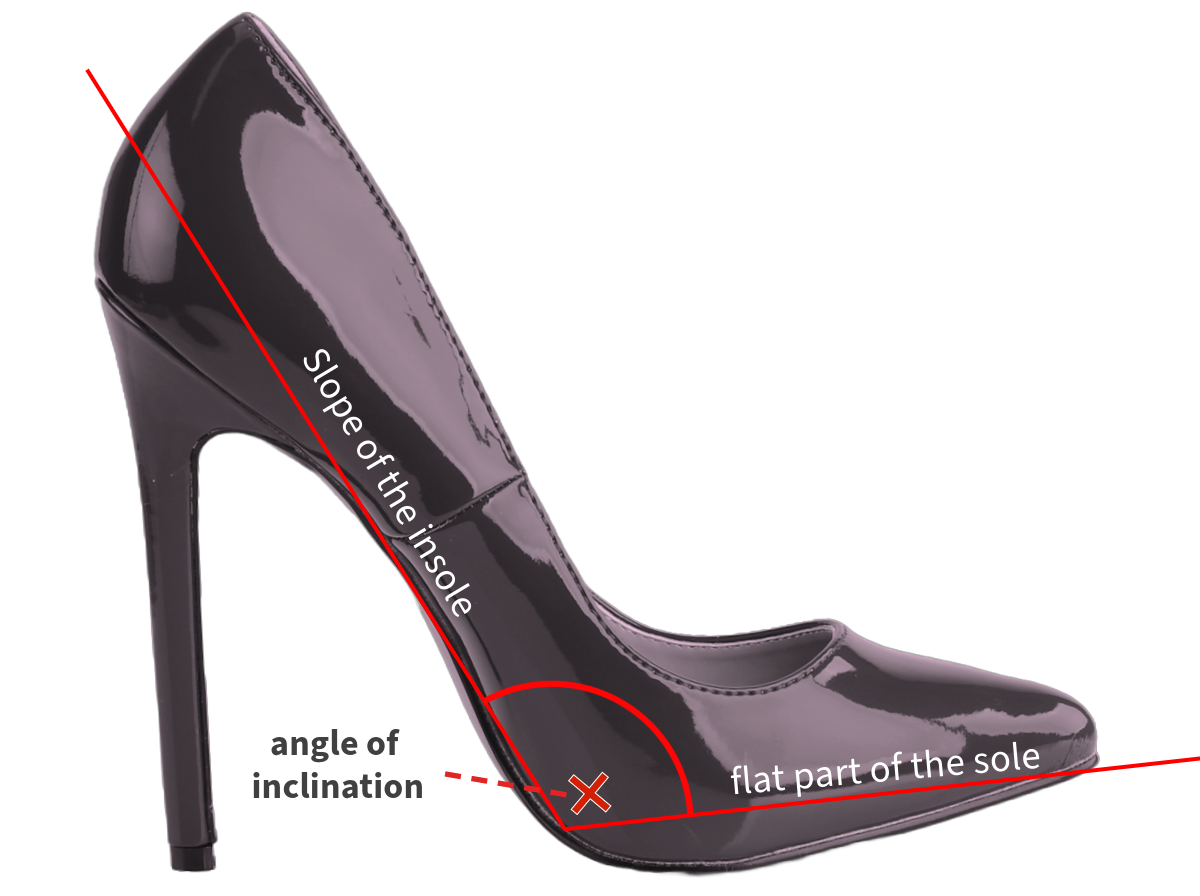Sizing for Sway polewear:
The sizing of Sway items are indicated in the product-specifications on a product page. For most Sway polewear you can find a minimum and maximum size measurement because they are adjustable. Please measure your body at the parts where the size of the polewear is measured to ensure you will buy the right size.
Pleaser shoes converted sizing:
Pleaser shoes come from the USA and have American sizing (1 inch = 2.54 cm). Pleaser lists both US sizes (American shoe sizes) and EU sizes (European shoe sizes) on the shoe boxes.
However, experience has shown that the listed, converted EU sizes are not always correct. In particular, the larger shoe sizes are often larger than stated on the shoe box. For this reason, I use my own converted EU size chart (see the Sizing page) and not the EU sizes stated on the boxes.
From US-size 12, the sizing for most shoes is slightly adjusted:
- US-12 -> EU size 42/43;
- US-13 -> EU size 44;
- US-14 -> EU size 45 and so on
Important:
Order the size you normally wear, I already take into account whether certain shoes have a smaller or larger fit. If you have already done that too, please let me know (at the comments section in your shopping cart or by e-mail stating your order number) so that your order won't be imported two sizes too big or too small.
|
What if I want to order a specific US size?
If you would like to order a specific US size because you know which Pleaser US size you have, this is of course possible. I always buy the US size that is indicated. For example, as shown in the image below, I buy US-16 if you buy size 47/48:

You can see in the image above that the sizing has been adjusted slightly from US size 12 and up. For example, US-12 is a European size 42/43; US-13 is a European size 44; US-14 is a European size 45 and so on. On the shoe box, US-13 size 43 is indicated, but this conversion is not correct. So don't panic if you see another EU-size on the shoebox! ;)
How do I calculate the right size for me?
See how to calculate your size using a conversion table on the information page: "How do I know what size I have, and which one to order?"
If you are between 2 sizes, I usually advise rounding up the size for a closed style such as a pump or boot with a closed toe. For an open shoe style such as a sandals, where the toes and/or heel are 'open', I advise rounding down the size.
Of course you can always ask me for advice about which size you need:
info@kinky-shoes.nl
Boot Circumference and Shaft Height:
The calf circumference, shaft circumference and shaft height of boots can be found in the table on a product page.
The specification table on a product page contains a lot of information about the shoes. The indicated dimensions in the upper part of the table depend on the selected size; so make sure you have selected the correct size to see the correct data.
The table will look similar to this: In the upper part you can find the calf circumference, shaft circumference and shaft height in centimeters:

Have you already taken into account how the size fits and ordered a different size than you normally wear?
Please let me know if you have already made a conversion yourself so that the ordered item is not imported two sizes too big or too small. This can be done in the comments section in your shopping cart:

Of course you are always welcome to ask me for advice about which size you need:
info@kinky-shoes.nl
I would kindly like to ask you not to order the same item in different sizes and then return the sizes that do not fit.
Please contact me so that I can help you determine the correct size. If the shoes do not fit after all, you can always exchange them for a different size!
It is a waste of time and money to order an item in multiple sizes if you know in advance that some of those items will be returned. The costs for the return shipment are for your own account and if items have been imported especially for you upon your order, the import/postage/customs costs will also be charged on to you. Please refer to section 6.2: Right of withdrawal in the Terms of Service
|







